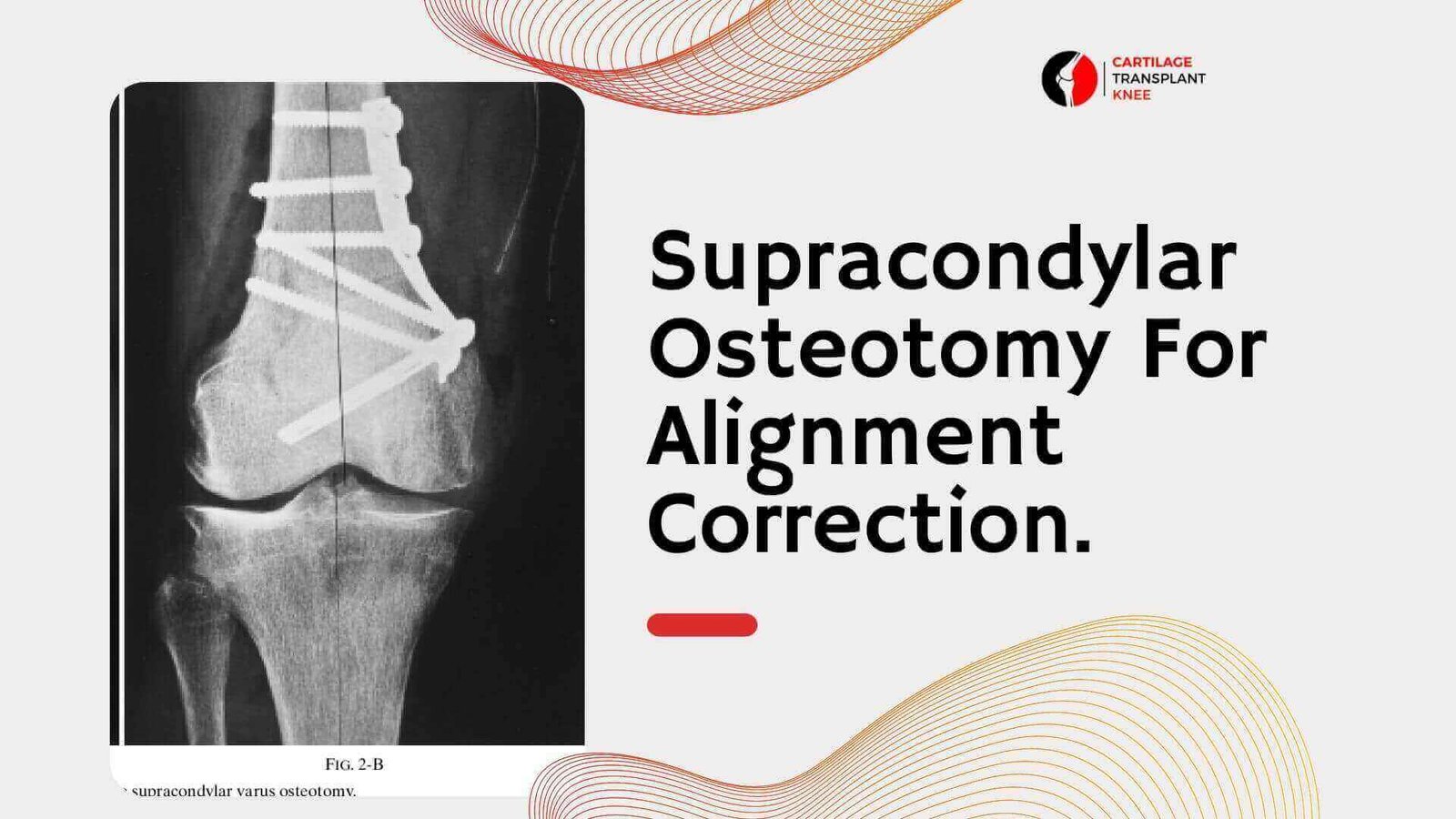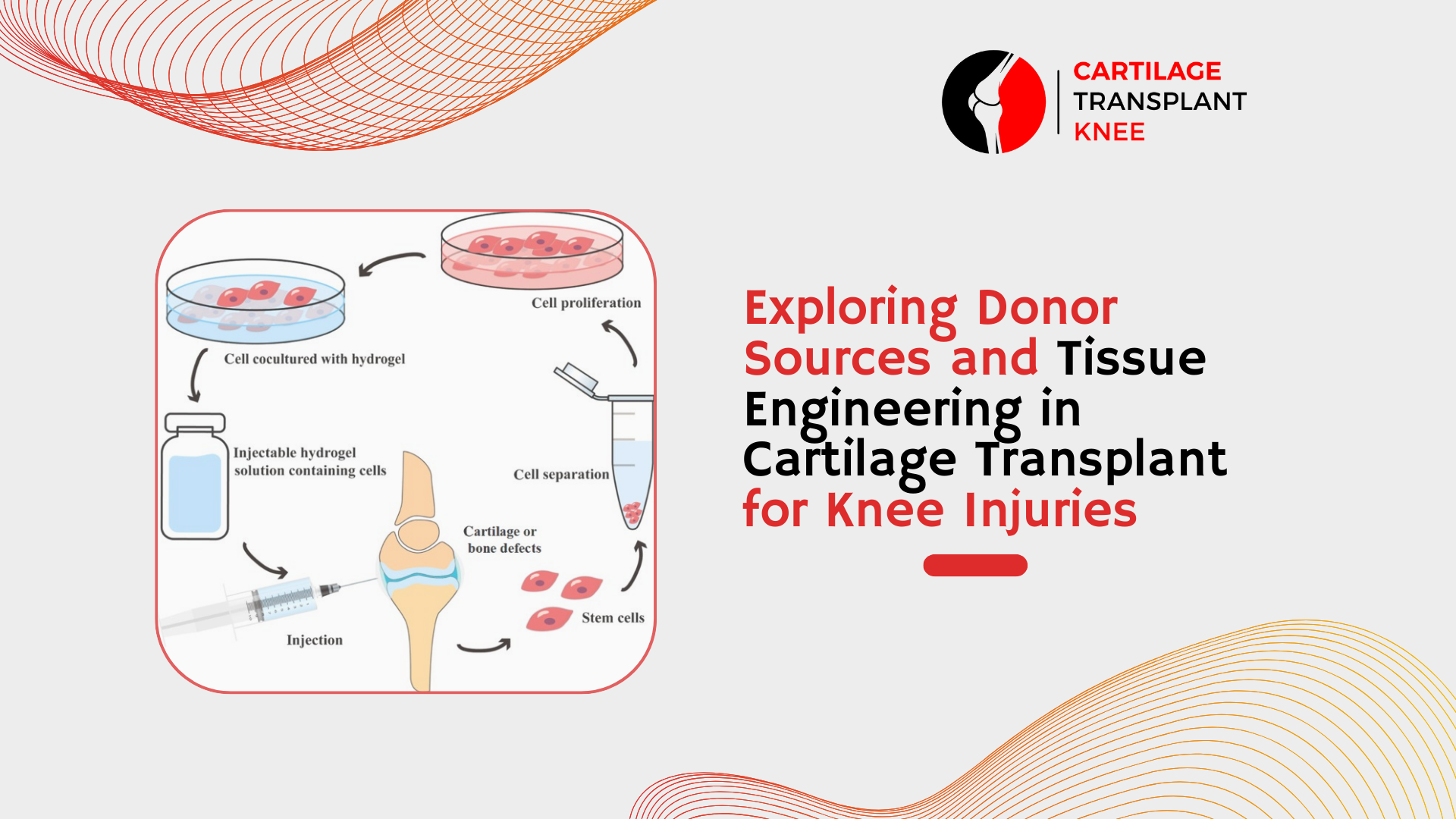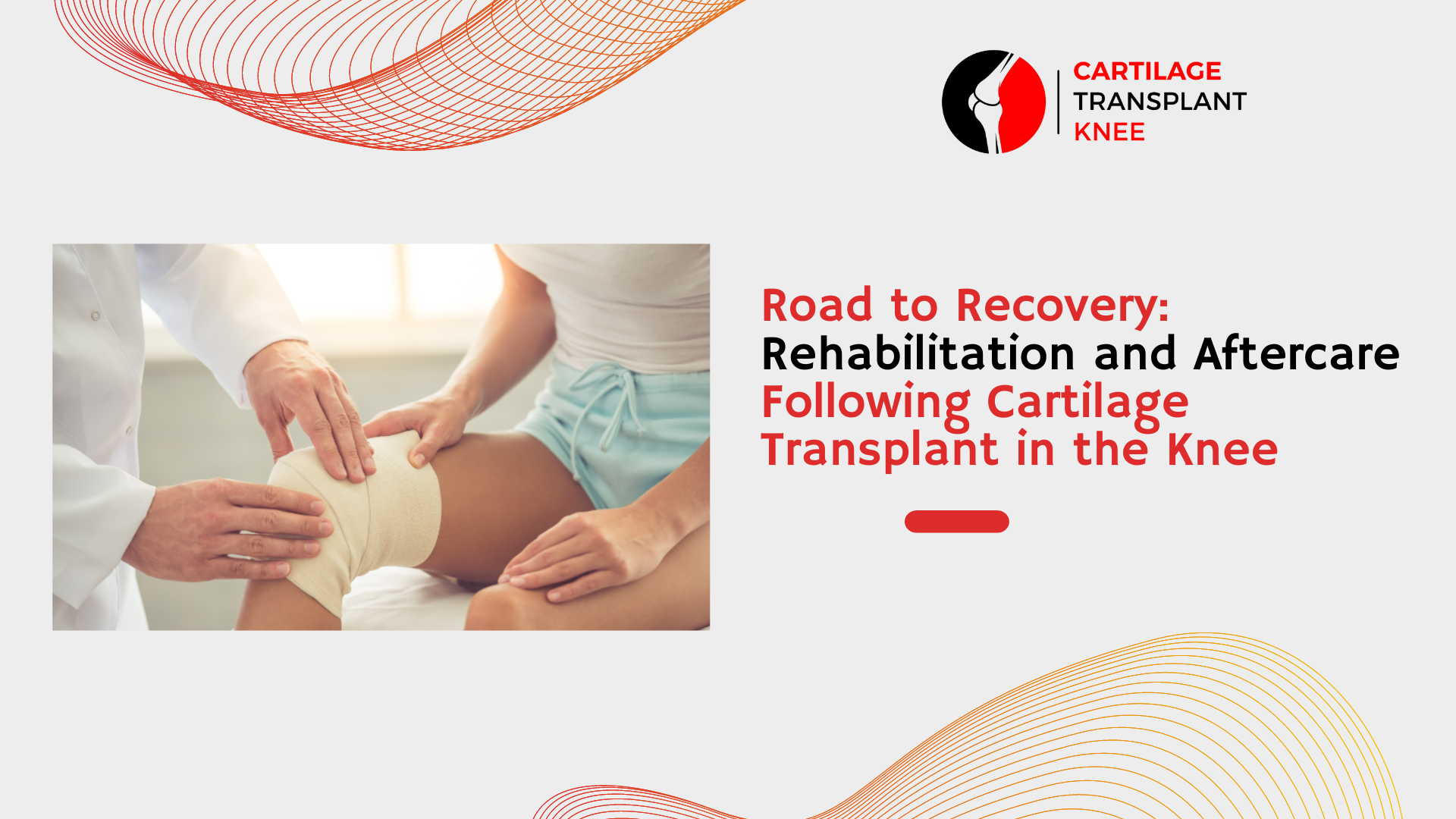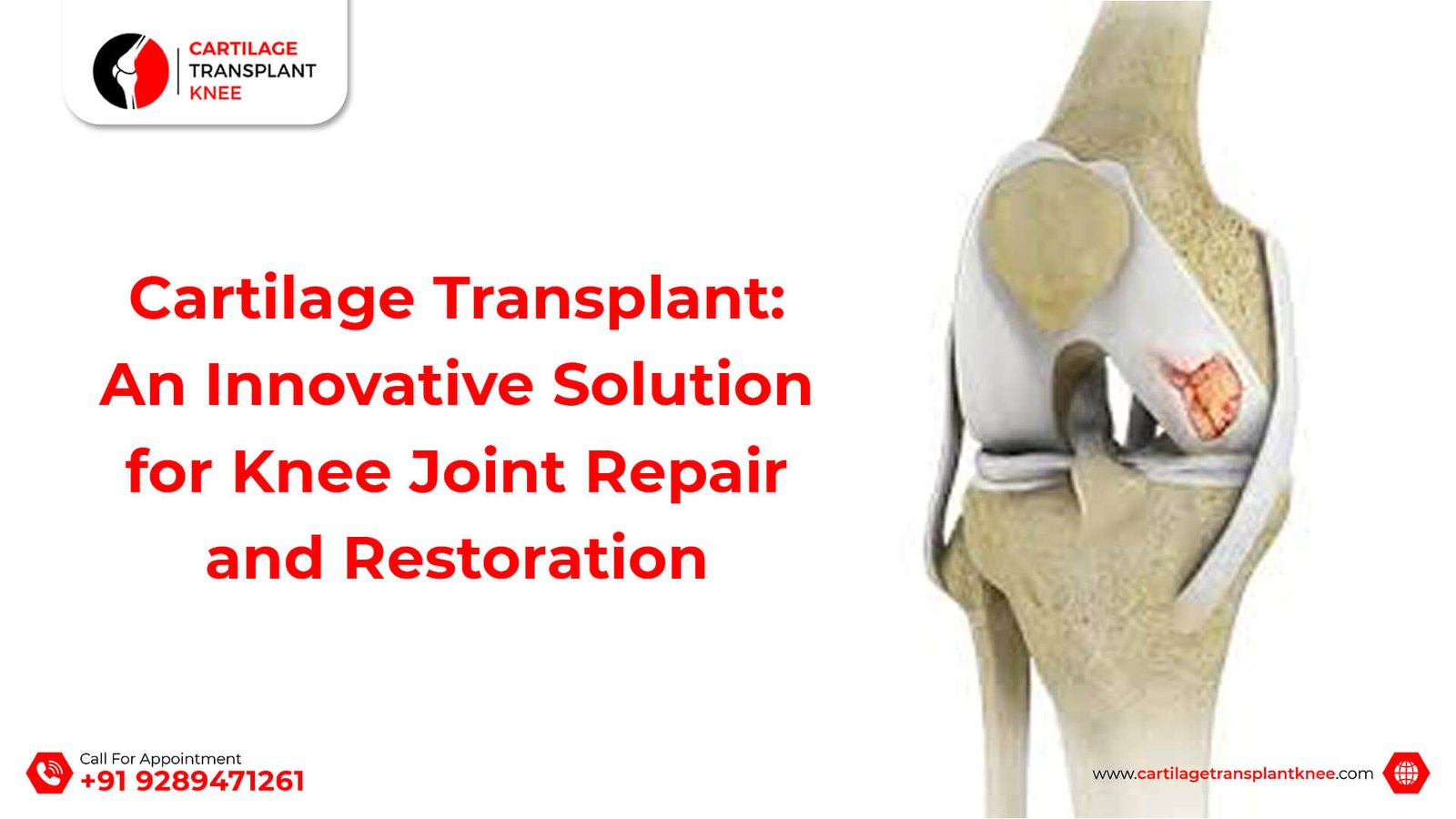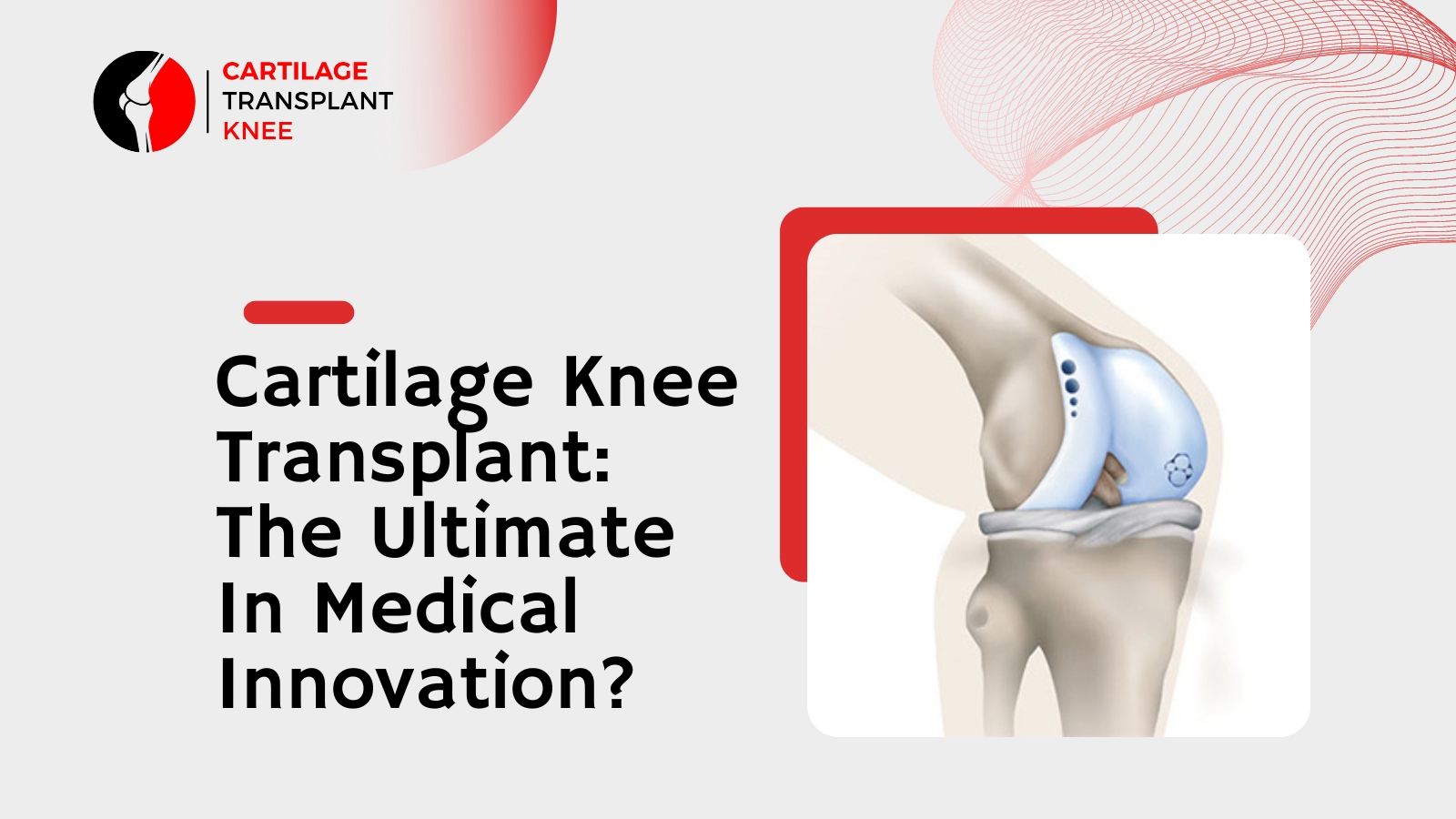Supracondylar femur osteotomy is a surgical procedure used to treat various conditions of the knee joint, including knee arthritis and malalignment. This procedure involves the cutting and realigning of the femur bone, which is the long bone in the thigh that connects to the knee joint. In this blog, we will discuss the details of supracondylar femur osteotomy, including the procedure, recovery, and potential benefits and risks.
Overview of Supracondylar Femur Osteotomy
Supracondylar femur osteotomy is a surgical procedure that involves cutting the femur bone above the knee joint and realigning it to change the angle of the knee joint. This can help to shift the weight-bearing load of the knee joint, reduce pain, and improve knee function. The procedure is typically performed under general anesthesia and may require a hospital stay of several days.
There are two main types of supracondylar femur osteotomy:
1. Distal Femoral Osteotomy: This type of osteotomy involves cutting and realigning the lower end of the femur bone.
2. Proximal Tibial Osteotomy: This type of osteotomy involves cutting and realigning the upper end of the tibia bone.
The choice of osteotomy will depend on the specific condition being treated and the individual needs of the patient.
Recovery from Supracondylar Femur Osteotomy
Recovery from supracondylar femur osteotomy typically takes several months. After the surgery, the patient will need to use crutches or a walker to keep weight off of the affected leg. Physical therapy is an important part of the recovery process, as it helps to promote healing and restore strength and flexibility to the knee joint.
After several weeks, the patient may be able to begin bearing weight on the affected leg and engaging in light activities such as walking and cycling. However, high-impact activities such as running and jumping should be avoided until the knee joint has fully healed.
Indications for Supracondylar Femur Osteotomy
Supracondylar femur osteotomy is typically recommended for individuals with the following conditions:
1. Knee Arthritis: Supracondylar femur osteotomy may be used to treat knee arthritis in individuals who are too young or active for knee replacement surgery.
2. Malalignment: Supracondylar femur osteotomy may be used to treat knee malalignment, which occurs when the knee joint is not aligned properly, causing uneven weight distribution and pain.
3. Meniscal Tears: Supracondylar femur osteotomy may be used to treat meniscal tears in individuals who have an abnormal knee alignment.
Complications of Supracondylar Femur Osteotomy
Like all surgical procedures, supracondylar femur osteotomy carries some risk of complications. Some of the most common risks and complications associated with this procedure include:
1. Bleeding and Infection: As with any surgery, there is a risk of bleeding and infection.
2. Nerve Damage: The surgery may cause damage to nerves around the knee joint, which can cause numbness or weakness in the leg.
3. Bone Healing Problems: In some cases, the bone may not heal properly after the surgery, which can lead to prolonged pain and difficulty walking.
4. Blood Clots: There is a risk of blood clots forming in the legs after surgery, which can be potentially life-threatening if they travel to the lungs.
Conclusion
Supracondylar femur osteotomy is a surgical procedure that can be used to treat a variety of knee joint conditions. While the procedure has the potential to provide significant pain relief and improve knee function, it is important to understand the potential risks and benefits of the procedure, so talk to your surgeon about the procedure.

